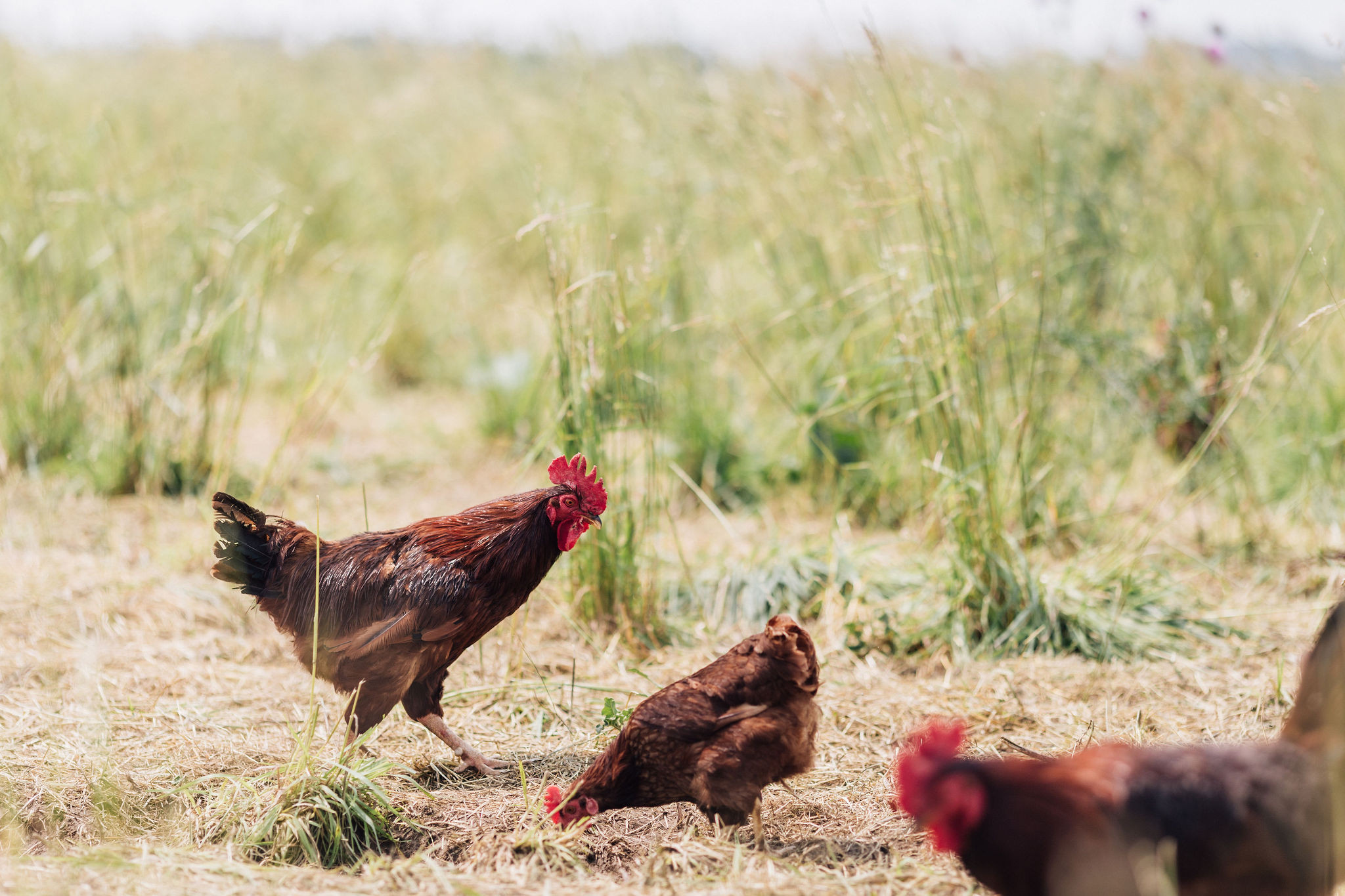Making the perfect chocolate milk
posted on
February 2, 2018
Instead of all-natural ingredients, the chocolate milk that kids (...and adults) know today is full of refined and artificial ingredients and additives. The chocolate milk that you find in grocery stores typically consists of partly skimmed milk, sugar (or glucose or fructose), cocoa, artificial color, salt, carrageenan, artificial flavor, Vitamin A, and Vitamin D3. Let’s take a look at why manufacturers choose these ingredients and why, when you are using high quality ingredients and purchasing directly from a farm, they aren’t needed.
Chocolate milk contains about 25 grams of sugar per cup. About 12 grams comes from the naturally occurring lactose sugar in milk. The other 13 grams, or just more than 3 teaspoons, is added. In commercial chocolate milks, the sugar is refined (think corn syrup, glucose, or fructose), void of any nutritional value. For an all-natural chocolate milk, maple syrup or honey can be used. They contain beneficial nutrients, antioxidants, and phytochemicals. I mean, it’s still sugar, which you probably get plenty of in your diet, but it’s a healthy alternative to refined sugars.
Carrageenan is used as a thickening agent, giving it a smoothie-like consistency, and is found in basically all commercial chocolate milk. This addition to chocolate milk is made to bulk up the watery consistency of skimmed milk (milk with fat removed). In my opinion, this ingredient is useless. We should be celebrating and showcasing the quality of ingredients, not hiding substandard ones with artificial masks.
Vitamin A is added back to 1%, 2% or skim milk, because those naturally-occurring vitamins are lost when the fat is removed. Vitamin A helps maintain the immune system, vision, and reproduction. If you are using a full-fat, nutrient-dense milk like ours, you do not have to worry about this. Our full fat milk has plenty of naturally-occurring Vitamin A. Vitamin D3 is added to milk to avoid deficiency. A nutrient-dense milk like ours contains some Vitamin D, but you may also choose to spend time in the sun or take a high-quality Vitamin D supplement to combat this deficiency.
Artificial color and flavor are added to standardize a product, giving it the exact taste and appearance every time. When you buy direct from a small farm producing all-natural products, this is simply not the case. The flavor, color, and consistency of milk naturally varies throughout the year based on the animals’ diet and lifestyle. And, these changes are to be celebrated, not hidden. For example, in the spring and summer, the milk has a yellowish color, meaning that it’s eating fresh grass.
Chocolate milk can be made with fresh milk but is also a great use for slightly soured milk, that may be too tart to drink straight (especially for kids). The farmer makes his chocolate milk by making chocolate syrup from scratch and mixing it with milk. He puts 2 cups water, 1 heaping cup of cocoa powder, and 1⁄2 tsp Celtic sea salt in a pot and heats and stirs until smooth. Then, he mixes in 4.5 cups of maple syrup. Voila! Chocolate syrup! To make chocolate milk, the ratio is 1 cup of syrup to 1 gallon of milk.




